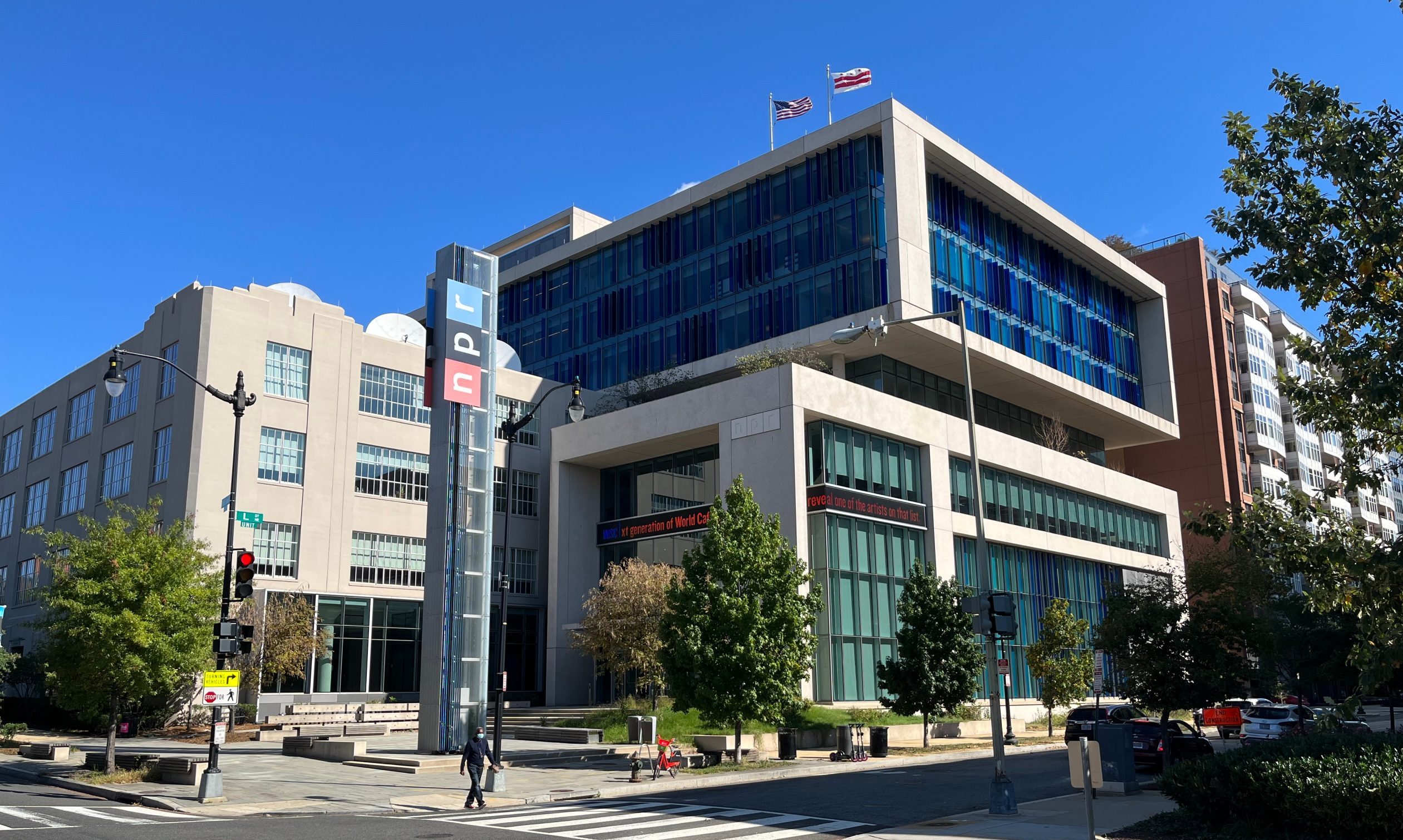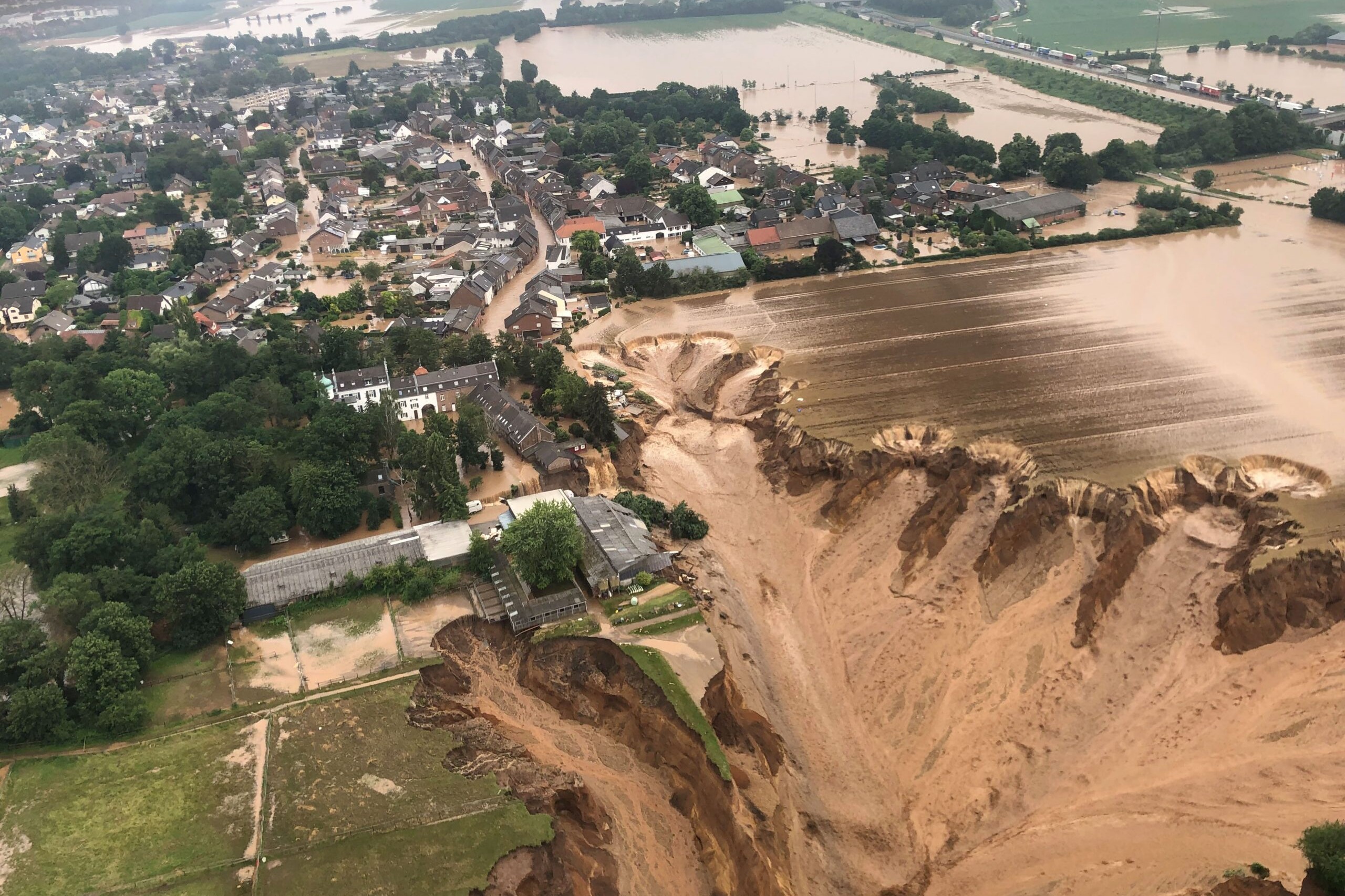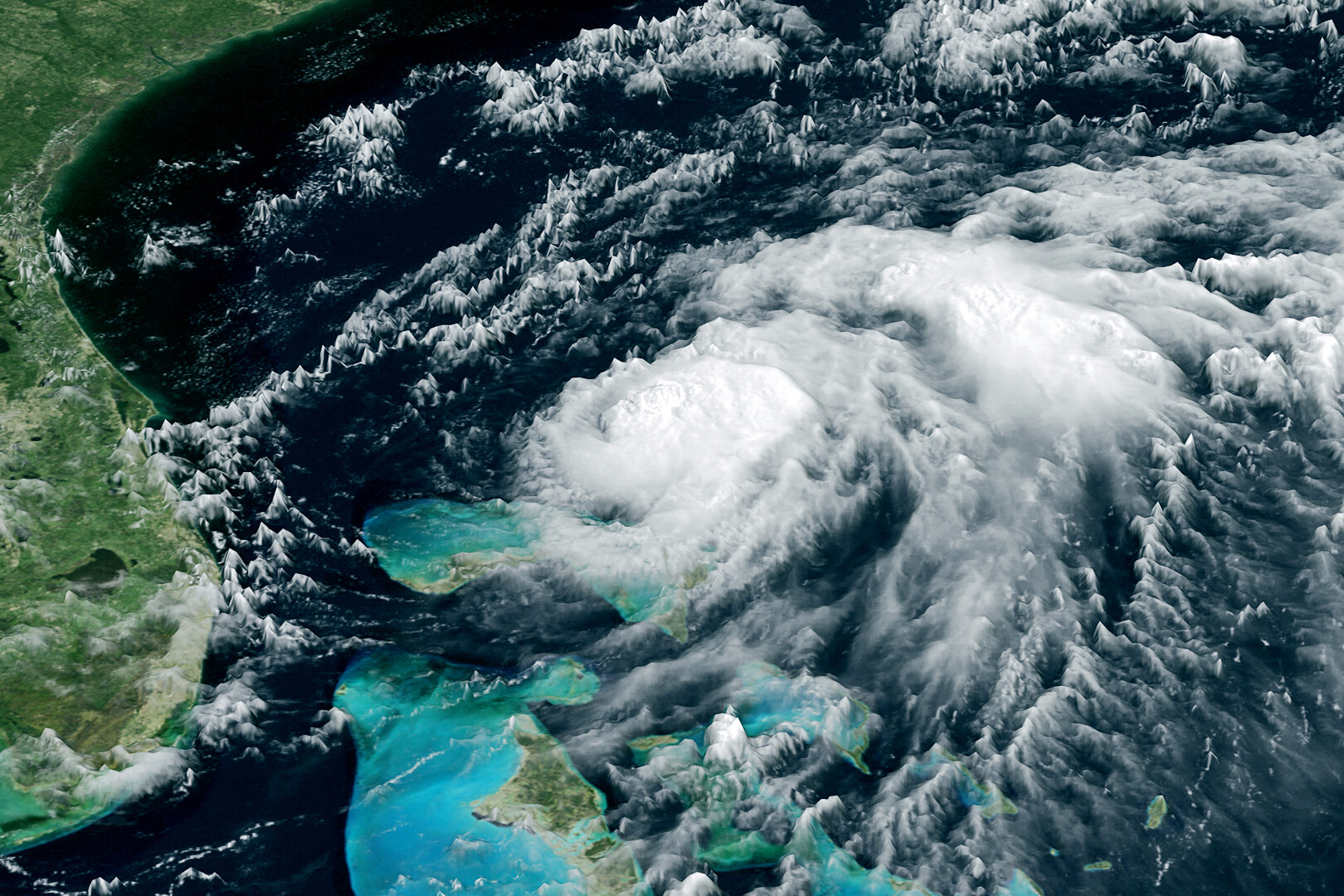The Korean Broadcasting System’s (KBS) emergency content has played a crucial role during the Covid-19 pandemic, as have other public media worldwide.
The value of public media during times of national crisis has once again been evidenced in a new report, which found that KBS’ Covid-19 coverage “made a significant contribution to the nation”. The research – conducted by the KBS Public Media Institute, Dongduk Women’s University, and Kongju National University – assessed KBS’ emergency broadcasting over a two-year period, from 20 January 2020 to 31 December 2021.
Staggering statistics were outlined in the report, detailing how much Covid-19 coverage KBS provided to the South Korean public. On KBS TV, there were nearly 25,000 news items on Covid-19, more than 75% of which was local news. 40 television programmes were dedicated to the virus, constituted of 769 individual episodes. The cumulative number of viewers across news programmes and TV programmes was 7.79 billion. It means on average, each person watched KBS 151 times over the two years. On KBS Radio, there were 14,704 broadcasts on Covid-19.
Public service broadcasting has been present in South Korea in some form since 1927. According to Reuters Institute’s 2021 Digital News Report, KBS has the largest reach through radio, TV, and print, and ranks fourth highest for online reach. A survey undertaken by the Korea Press Foundation found the public’s dependence on television increased during the pandemic, and also found that KBS led the field in terms of both trust and usage.
“KBS has a primary mission to serve the nation with quality emergency services”
KBS’ emergency response has been exemplary. From the very start of the pandemic, it recognised its public mission to provide vital information to the population, which drove decision-making processes throughout the organisation. Since the first case of Covid-19 was detected in January 2020, KBS went into the highest level of emergency broadcasting. Two months later, it launched the Integrated Newsroom Service – a 24-hour service delivering “all the essential news and information” related to Covid-19.
“As the leading Public Service Media in the country, KBS has a primary mission to serve the nation with quality emergency services,” the broadcaster said in a media release. “As part [of] this fundamental responsibility, KBS has been faithfully maintaining its delivery of emergency broadcasting on COVID-19 since the first confirmed case of COVID-19 was found in Korea in January, 2020. KBS’ response to the national crisis has been swift, bold and professional.”
The Integrated Newsroom Service became the platform for all of KBS’ Covid-19 content. A wide variety of programming, news coverage, in-depth features and programmes, gave the story the airtime it needed. The fact that South Koreans turned to television – and KBS in particular – during such unprecedented and uncertain times shows how public media excels during times of crisis.
Public media during crises

Similar trends can be seen elsewhere. NHK has won plaudits for its emergency broadcasting protocols, which is developed as part of the broadcaster’s management policy. Similar to KBS, effective emergency broadcasting is one of NHK’s largest missions. This is particularly important in Japan, given the nation’s geographical vulnerability to natural disasters. Radio New Zealand (RNZ) is also familiar with this responsibility – in case of a civil defence emergency, RNZ is the “designated lifeline utility radio broadcaster for all regions.”
But as demonstrated with the Covid-19 public health crisis, it is not just surprise natural disasters which public media must respond to. In Ukraine, there is enormous pressure on public media to be able to disseminate the facts accurately, truthfully and fairly, and provide the most important information to the public during an anxious and fractious time.
“Having different plans for various scenarios helps calm us and stops us from panicking,” said Angelina Kariakina, head of news at Ukraine’s public broadcaster, UA:PBC, to DW Academie. “We know what our reporting will look like if Russia invades Ukraine. UA:PBC’s management decided on a plan for how our broadcaster will continue to work. We do not underestimate the threat of the escalation of war, but we are comfortable enough to remain calm and constructive in our work.”
An effective response is paying dividends. “We notice that the people trust us more than the mainstream media in times of crisis, and that is really rewarding. Even if they don’t read or listen to us daily, they still regard us as an independent news source and they trust us. It is like an ambulance: You don’t call it daily, but if something happens, you want the best possible care. So we are that ambulance for the public.”
Read more: NHK’s emergency reporting
For other international public broadcasters, being able to effectively communicate the situation to viewers at home is also imperative. In the US, the Corporation for Public Broadcasting granted National Public Radio (NPR) an additional $500,000 so it could do just that.
But it should be noted that emergency broadcasting capabilities, especially those during natural disasters, remains a luxury for some nations, which others do not enjoy.
The impact on internet, television, and radio services during the recent volcanic eruption which triggered a tsunami that devastated Tonga served as an example of how not all public broadcasters can fully rely on their communications systems. The International Science Council has recommended telecommunications infrastructure be strengthened to ensure public media has the capabilities to perform its emergency broadcasting duty.
As demonstrated with KBS, emergency broadcasting is a core function of public media. When the public need accurate, reliable, and urgent information, public media meets their needs. It happens not just during emergencies, but during elections as well. But providing this is no easy task, and public media needs to be prepared, professional, and properly resourced to be able to fulfil their obligations.
Header Image: Seoul, South Korea – Low angle view of KBS(Korean Broadcasting System) building. Credit: Stock for you / Shutterstock.com
Related Posts
20th September 2021
ABC adds to Emergency Broadcasting in readiness for 2021/2022 season
Press Release: ABC has expanded its…
12th May 2020
Global Task Force for public media welcomes South Korea’s KBS
The Global Task Force for public media…
21st June 2017
Essential role of social media in emergency coverage
Emergency coverage by CCN TV6 broadcast…



